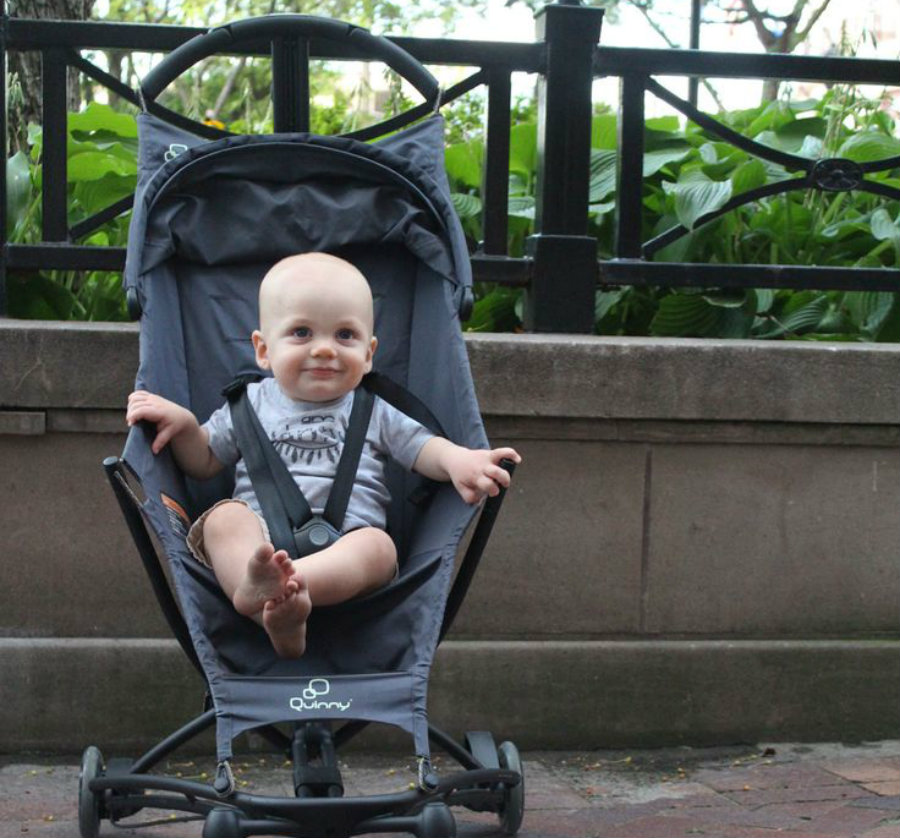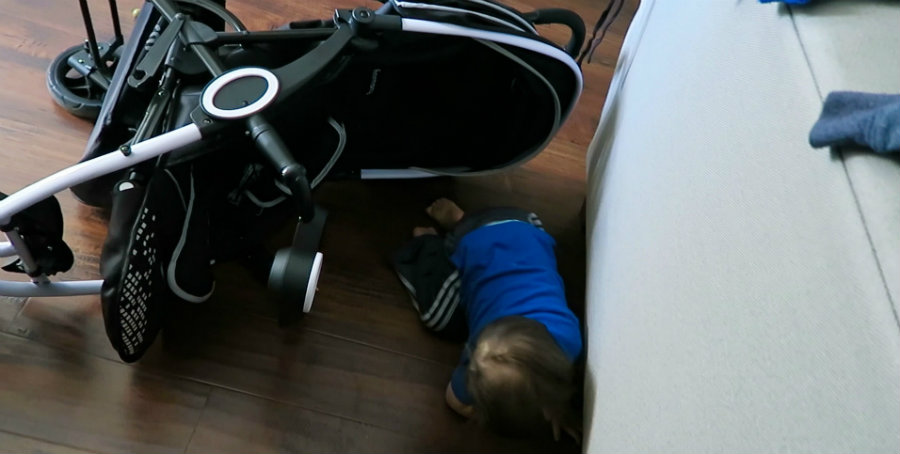A study showed that baby injuries related to nursery products such as carriers and strollers are on the rise. The study was published this Monday, and it showed that there had been a 23.7 percent increase in injuries to young children related to nursery products between 2003 and 2011. The majority of the injuries were in the head, and 80 percent of the affected babies were injured because they fell.
The study focused on patients aged from 0 to 3 years old, and they analyzed data provided by the National Electronic Injury Surveillance System from 1991 to 2011. The research showed that although the nursery product-related injuries rate decreased significantly by 33.9 percent from 1991 to 2003, it increased to 23.7 percent in the following eight years.

Researchers concluded that prevention efforts with baby walkers led to a decline in early years, but the number has been increasing ever since. They believe that greater efforts are warranted to prevent injuries associated with other nursery products, especially baby carriers, cribs and strollers, and prevention of falls and concussions related to nursery products also deserves special attention.
More products, more injuries
Jerri Rose, a physician and assistant professor of pediatric emergency medicine at Case Western Reserve University Medical School, was reached for comment by NPR, and she stated that the numbers aren’t surprising at all to her.
“Babies have such large heads and so little control of their bodies, so in young children we often see injuries to their head and neck area. The head is a big target,” said Rose, accordingly to NPR.
The injuries can happen in situations like a child wiggling and cause the carrier to fell off a countertop, or a baby falling down the stairs in his or her walker. Rose speculates that the rate increase could be related to the fact that more nursery products are on the market, and they’re increasing in popularity. Meaning, if more people are using baby carriers, for example, more accidents could follow. However, the study reported that only one percent of the increase was due to product malfunctions or failures.

The numbers
The injuries weren’t related to a single nursery product, although some were more recurrent than others. Of the injuries examined 19.5 percent of them were related to baby carriers, 18.6 percent were related to cribs or mattresses, 16.5 percent to strollers, and 16.2 percent to walkers, jumpers, or exercisers. Based on the study, which looked at 48,653 cases, researchers estimate that a child three years old or younger is treated in a United States emergency department for a nursery-product-related injury very eight minutes.
The authors of the study suggest following the “four Rs” to keep their kids safe: research the product, check for recalls, register the product and read the manual. Checking to see if a product has been recalled can inform the parents on safety issues related to the product, for example, an infant bathtub that has a drowning risk or a carrier that puts children at risk of falling.
Reading the manual would also help many parents to decide whether the product is the best fit and size for your child. For more information on product safety, authors suggest checking the United States Consumer Product Safety Commission website, MakeSafeHappen.com, HealthyChildren.org and the National Children’s Hospital website.
Source: NPR
